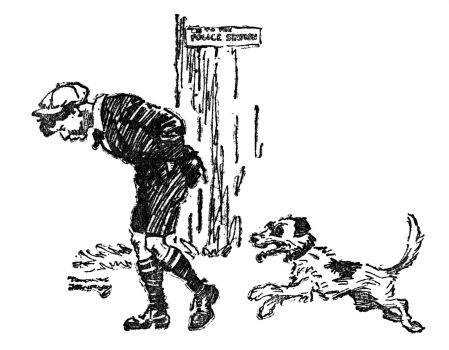I was digging around in the archive looking for something else and I found this in the craw of my hard drive. First there was a quotation:
‘He was walking in America, always heading west, dodging cars, walking with ghosts and madmen, with saints and scream queens and with those who refused to ride the bus: Thoreau and Kerouac. Sometimes it was a lonely walk.’
I have no idea where I got this or who it’s a quotation from – Don De Lillo? Steve Erickson? - and searching online revealed nothing. And suggestions? I know I didn’t write it.
On the other hand I did write this, presumably as the draft of something I intended to use in the blog and forgot about till now:
I was walking in downtown Los Angeles, a place where a lot of others walk too. It was a busy weekday lunchtime. The streets were full of people. There was a lot to look at, a lot of distractions, and that was why I wasn’t paying much attention to the youngish, hippie-ish man who was standing not very far away from me as we both waited for the light to change so we could cross the street.
He was a panhandler however, and apparently he’d been trying and failing to get my attention for a while and he thought I was deliberately ignoring him, which was unfair, since I hadn’t been sufficiently aware of him to deliberately ignore him. And now he said loudly, pointedly, in a sneering tone that did finally get my attention, “Hey, who do you think you are? Jack Kerouac?”
I have no idea what he meant by that. My physical resemblance to Mr K is non-existant and in any case Kerouac was surely not the kind of man who went around ignoring panhandlers or bums of any kind. He usually embraced them. Still, as sneering insults go, this wasn’t the worst. Kerouac remains a sort of hero mine. I still didn’t respond to the panhandler, but then the light changed and I walked across the street with a big smile on my face. That probably only made things worse for the guy.
*






















